In the murky waters and dense vegetation of tropical and subtropical regions, two ancient predators pursue their prey with remarkable efficiency: caimans and crocodiles. Though both belong to the order Crocodilia and share an evolutionary history spanning millions of years, these reptiles have developed distinct hunting strategies adapted to their specific environments and prey preferences. While casual observers might struggle to differentiate between these powerful reptilians, scientists and wildlife experts recognize significant variations in their hunting behaviors, physical adaptations, and predatory techniques. This article explores the fascinating differences and similarities in how caimans and crocodiles approach the fundamental business of survival—hunting for food.
Taxonomic Distinctions and Evolutionary Divergence
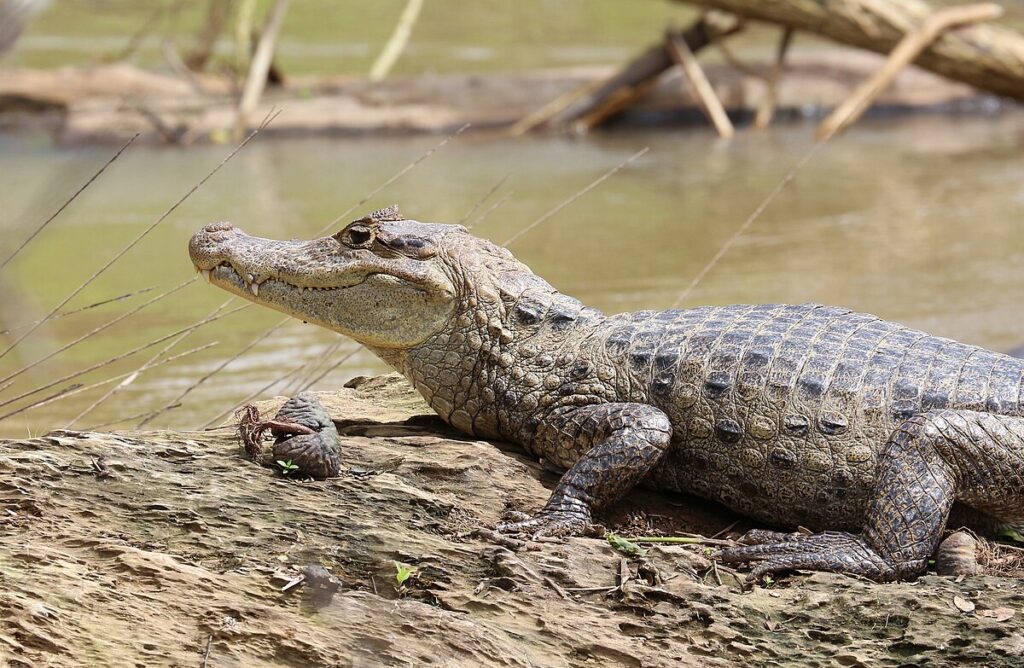
Before examining their hunting differences, it’s essential to understand the taxonomic relationship between caimans and crocodiles. Caimans belong to the family Alligatoridae, making them more closely related to alligators than to true crocodiles, which belong to the family Crocodylidae.
This evolutionary divergence occurred millions of years ago, leading to adaptations specific to each group’s geographic distribution and ecological niches. Caimans primarily inhabit Central and South America, while crocodiles have a much wider distribution across Africa, Asia, Australia, and the Americas.
These different evolutionary paths and geographic separations have directly influenced how these reptiles hunt, what they prey upon, and the specialized adaptations they’ve developed for capturing food in their respective environments.
Size Differences and Their Impact on Hunting Capabilities
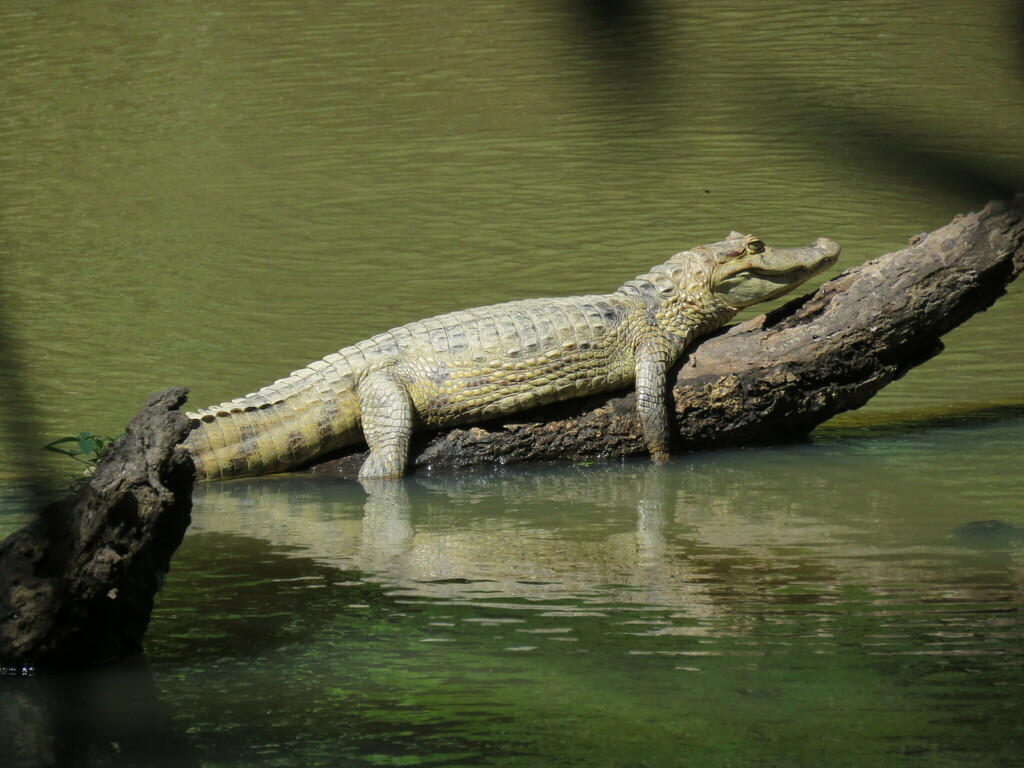
One of the most noticeable differences between caimans and crocodiles lies in their size, which significantly affects their hunting capabilities and prey selection. Most caiman species are considerably smaller than their crocodilian cousins, with the black caiman being the notable exception, reaching lengths similar to some crocodile species at approximately 4-5 meters.
The Nile and saltwater crocodiles, by contrast, can grow to formidable lengths exceeding 6 meters and weigh over 1,000 kilograms, making them capable of taking down large mammals including buffalo and wildebeest.
This size disparity means that most caimans typically target smaller prey such as fish, amphibians, and small mammals, while larger crocodiles can expand their diet to include substantial vertebrates. The size difference also influences hunting techniques, with smaller caimans often relying more on stealth and agility rather than the raw power that characterizes crocodile attacks.
Jaw Structure and Bite Force Variations
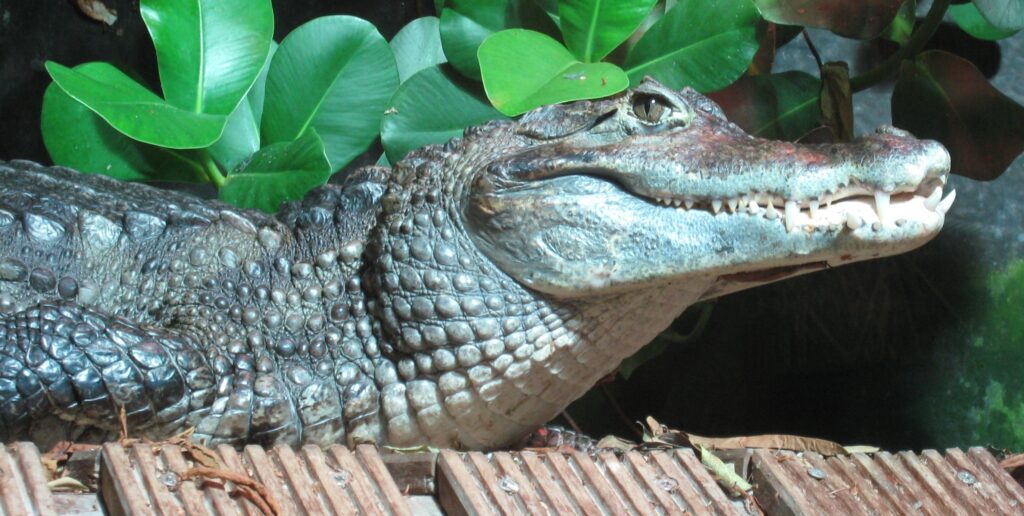
The jaw morphology between caimans and crocodiles exhibits substantial differences that directly influence their hunting effectiveness and prey-handling capabilities. Crocodiles typically possess V-shaped snouts with irregularly arranged teeth that remain visible even when their mouths are closed, creating their characteristic toothy grin. Caimans, similar to their alligator relatives, have broader, U-shaped snouts with teeth that fit neatly inside the jaw when closed, making them less visible. These structural differences affect how each animal captures and processes prey.
Regarding bite force, large crocodile species like the saltwater and Nile crocodiles generate some of the most powerful bites in the animal kingdom, measured at over 3,700 pounds per square inch—strong enough to crush turtle shells and large bones. While caimans also possess impressive bite strength, most species generate less force than their larger crocodilian counterparts, influencing the types of prey they can effectively subdue and consume.
Aquatic Hunting Strategies
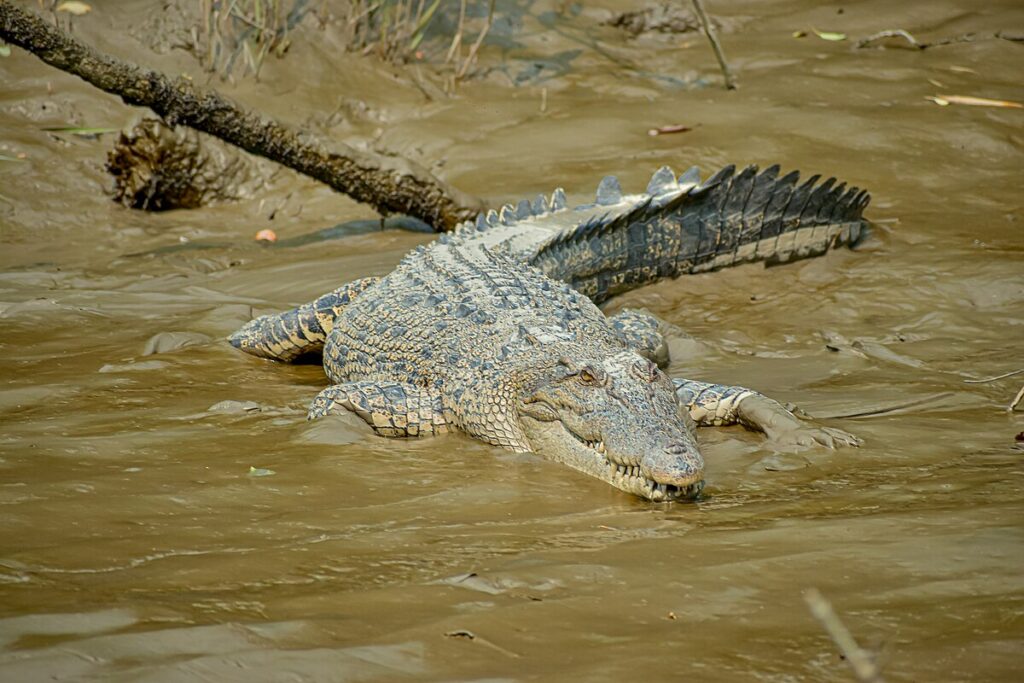
In water, both caimans and crocodiles employ the stealthy “wait and ambush” approach that has served crocodilians for millions of years, but with subtle variations in execution. Crocodiles, particularly species like the Nile and saltwater varieties, are supremely adapted for aquatic hunting, often floating with just their eyes and nostrils breaking the water’s surface before launching explosive attacks on animals that come to drink.
Caimans, while also excellent swimmers, typically hunt in shallower waters and smaller water bodies, including flooded forests during the Amazon’s rainy season. Interestingly, the spectacled caiman has been observed using its body to create a “trap” by forming a semi-circle with other caimans to corral fish into shallower waters where they become easier to catch.
This cooperative hunting behavior differs from the typically more solitary hunting approach of most crocodile species, demonstrating how evolutionary pressures have shaped distinct strategies within these related reptilian groups.
Terrestrial Hunting Capabilities
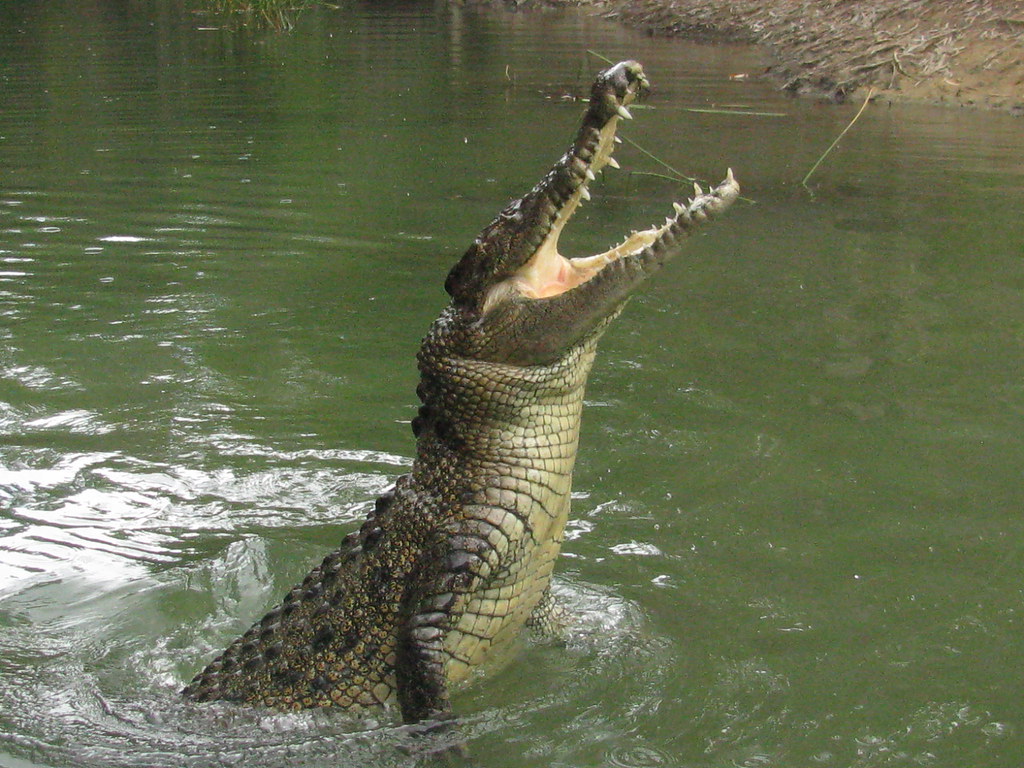
While both animals are primarily aquatic hunters, their capabilities on land reveal important differences in hunting strategies. Crocodiles, despite their bulky appearance, can move with surprising speed on land, reaching bursts of up to 12-14 kilometers per hour for short distances, which enables them to ambush prey from relatively far back from the water’s edge.
Many crocodile species will actively patrol riverbanks and even venture considerable distances from water when hunting or moving between water bodies. Caimans generally demonstrate less terrestrial agility and endurance, limiting most of their hunting activities to water or its immediate vicinity.
This difference reflects their evolutionary adaptations—crocodiles have generally developed more powerful limbs and greater terrestrial mobility than most caiman species. The exception is the black caiman, which shares more hunting similarities with large crocodiles and has been documented making significant terrestrial movements when necessary for hunting or territory changes.
Prey Preference and Dietary Adaptations
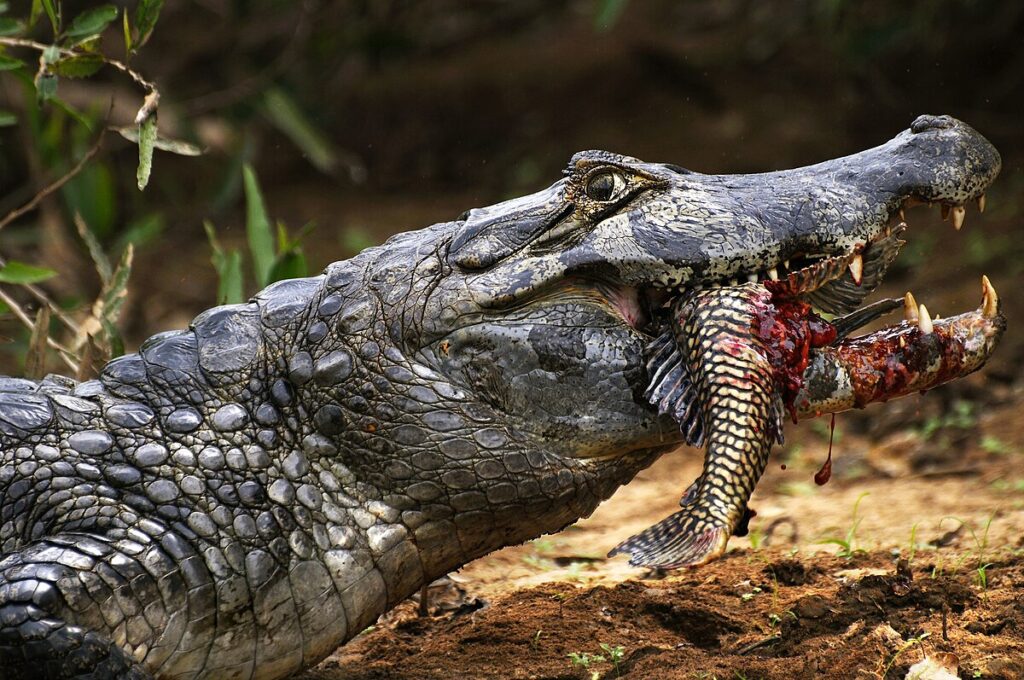
The dietary preferences of caimans and crocodiles reveal distinct evolutionary adaptations to their respective environments. Most caiman species focus their hunting efforts on fish, crustaceans, and small vertebrates, with their dentition and jaw structure optimized for gripping slippery aquatic prey.
The diet of the common spectacled caiman, for instance, consists of approximately 70% fish, supplemented by birds, snakes, and small mammals. Crocodiles, particularly larger species, exhibit much broader dietary flexibility and will opportunistically hunt whatever suitable prey is available, from fish to large mammals.
The Nile crocodile famously takes on formidable prey including zebras, wildebeest, and even other predators like lions when the opportunity arises. This dietary breadth represents a key hunting difference—crocodiles have generally evolved as more opportunistic and varied predators than their caiman relatives, though the black caiman again provides an exception with its more crocodile-like hunting profile.
Seasonal Variations in Hunting Behavior
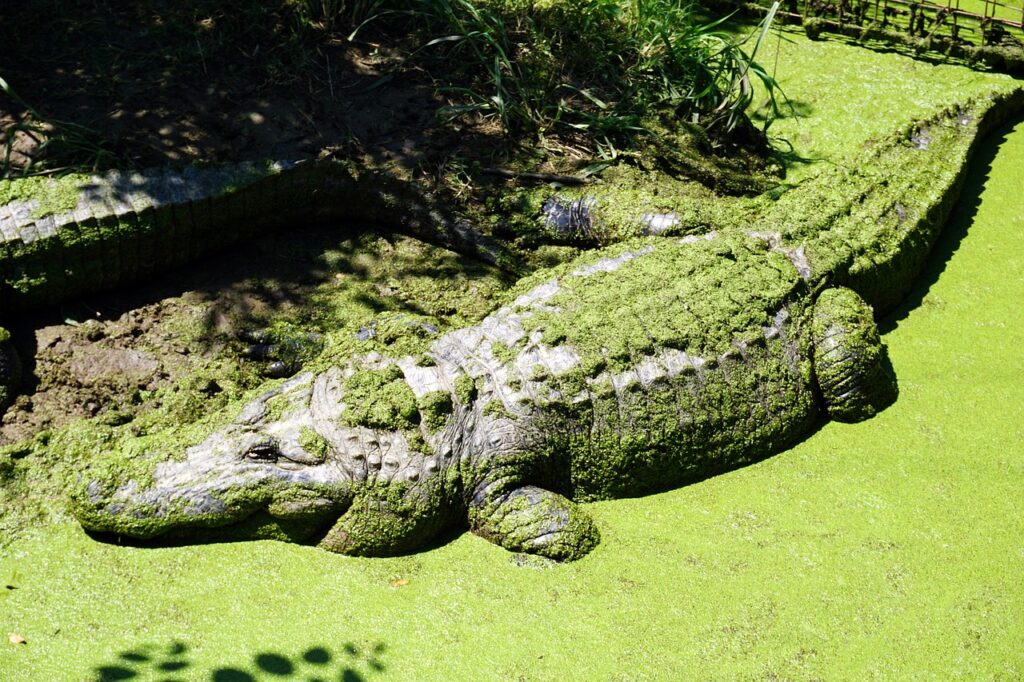
The hunting patterns of both caimans and crocodiles demonstrate remarkable seasonal adaptations, though with distinct differences based on their native habitats. Caimans living in environments like the Amazon Basin must radically adjust their hunting strategies between the wet and dry seasons. During rainy periods when forests flood, caimans disperse widely through the inundated landscape, hunting fish and other aquatic organisms that spread throughout the newly accessible habitat. When dry seasons concentrate water bodies, caimans must compete more intensely for dwindling prey resources in shrinking pools.
Crocodiles, particularly African species like the Nile crocodile, often synchronize their most intensive hunting with annual migrations or breeding events of prey species, such as the wildebeest river crossings in East Africa. Some crocodile species also demonstrate seasonal movements between saltwater and freshwater environments to exploit different prey resources, a behavior not typically observed in caimans, which are predominantly freshwater specialists.
Sensory Adaptations for Hunting
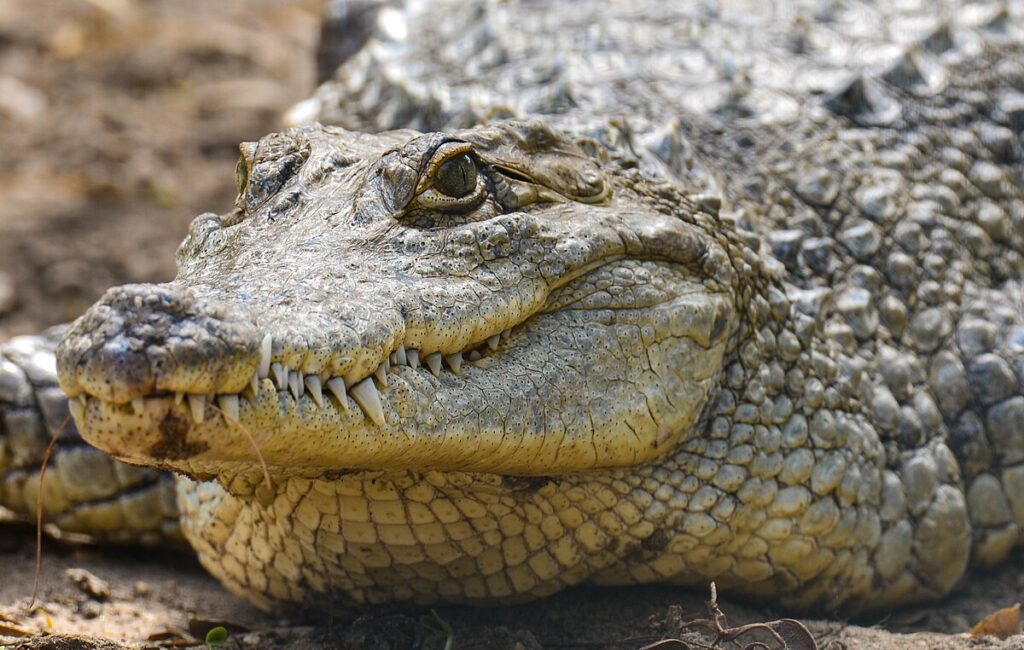
Both caimans and crocodiles possess remarkable sensory adaptations for hunting, though with some notable differences in their specialized capabilities. All crocodilians have excellent night vision with a reflective layer behind the retina that enhances their ability to detect prey in low-light conditions, crucial for their primarily nocturnal hunting patterns.
Crocodiles generally possess more prominent “dome pressure receptors” on their jaws, extremely sensitive organs that can detect tiny pressure changes in water, allowing them to locate prey even in complete darkness or murky water. Caimans, while also equipped with these receptors, show some variation in their distribution and sensitivity.
Both groups possess acute olfactory abilities, though research suggests that some crocodile species may have more developed scent-tracking capabilities, particularly for detecting carrion from significant distances. These sensory differences, while subtle, influence how each group locates and targets prey in their respective environments.
Juvenile Hunting Behaviors and Learning
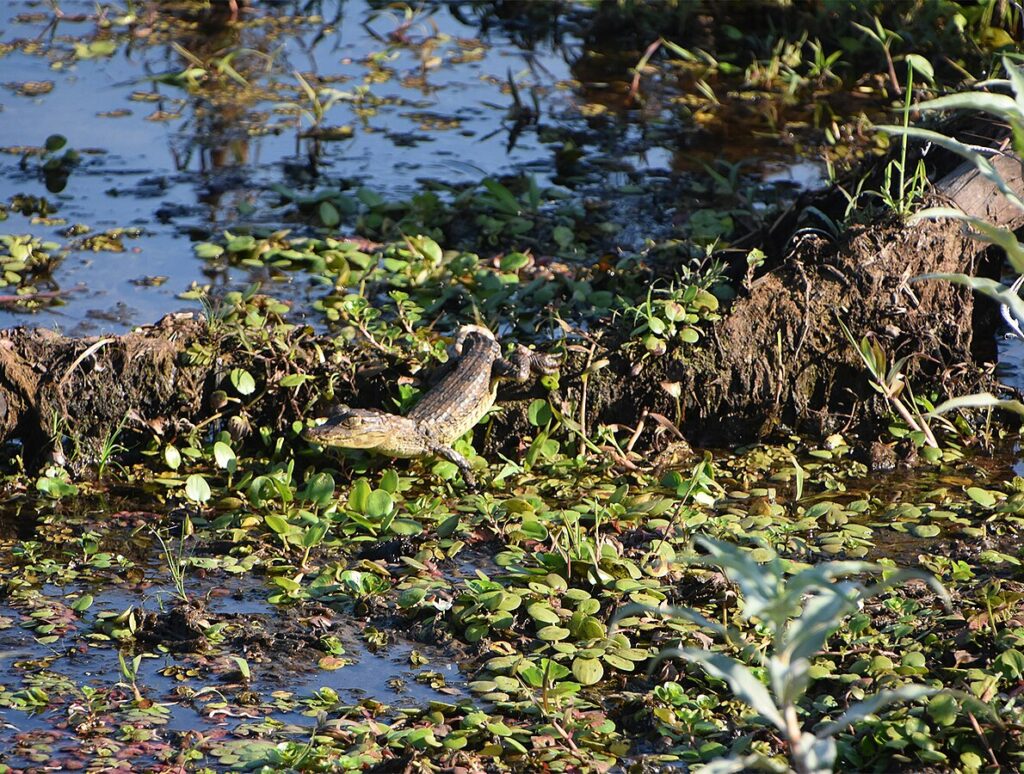
The developmental trajectory of hunting skills reveals fascinating differences between young caimans and crocodiles. Juvenile crocodiles typically remain under maternal protection for 1-2 years, during which time they learn hunting techniques through observation and practice on appropriately sized prey.
Young Nile crocodiles, for example, begin by catching insects and small fish, gradually progressing to larger prey as they grow. Caiman hatchlings generally receive less prolonged parental care, with most species offering protection for only a few months before the young must fend for themselves.
This difference in parental investment may influence how hunting skills are acquired—young caimans must develop effective hunting techniques more independently and at an earlier age than many crocodile species. Research indicates that juvenile caimans initially focus almost exclusively on invertebrate prey and small fish, developing specialized hunting techniques for these food sources before gradually expanding their prey range as they grow.
Social Hunting Dynamics
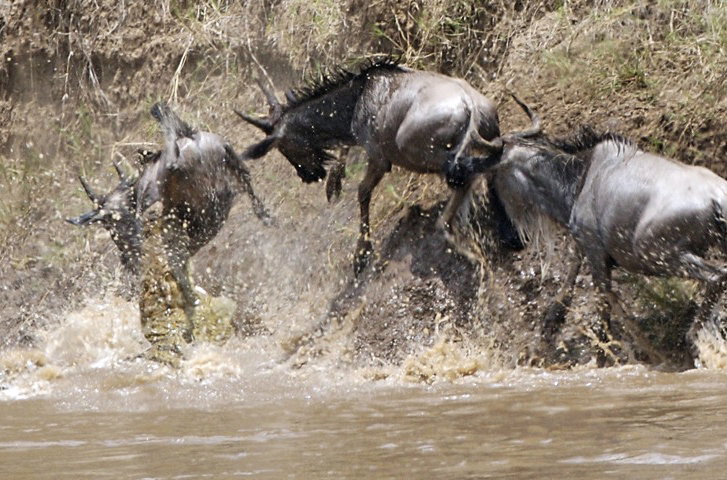
While both caimans and crocodiles are often portrayed as solitary hunters, they exhibit fascinating social hunting behaviors with notable differences between the groups. Large crocodile species, particularly Nile crocodiles, demonstrate complex cooperative hunting strategies during events like river crossings, where multiple individuals may work together to herd prey and share the resulting bounty.
These crocodiles have been documented forming semicircles to trap fish and taking turns to feed while others maintain the barrier. Among caimans, the spectacled and yacare species have been observed forming fishing groups in shallow waters, creating living dams with their bodies to trap fish during dry seasons when prey becomes concentrated.
However, caimans generally show less organized coordination in their group hunting behaviors compared to the more sophisticated cooperation sometimes observed in large crocodile species. These differences likely reflect both ecological pressures and the varying social structures that have evolved in different crocodilian lineages.
Environmental Adaptations Influencing Hunting
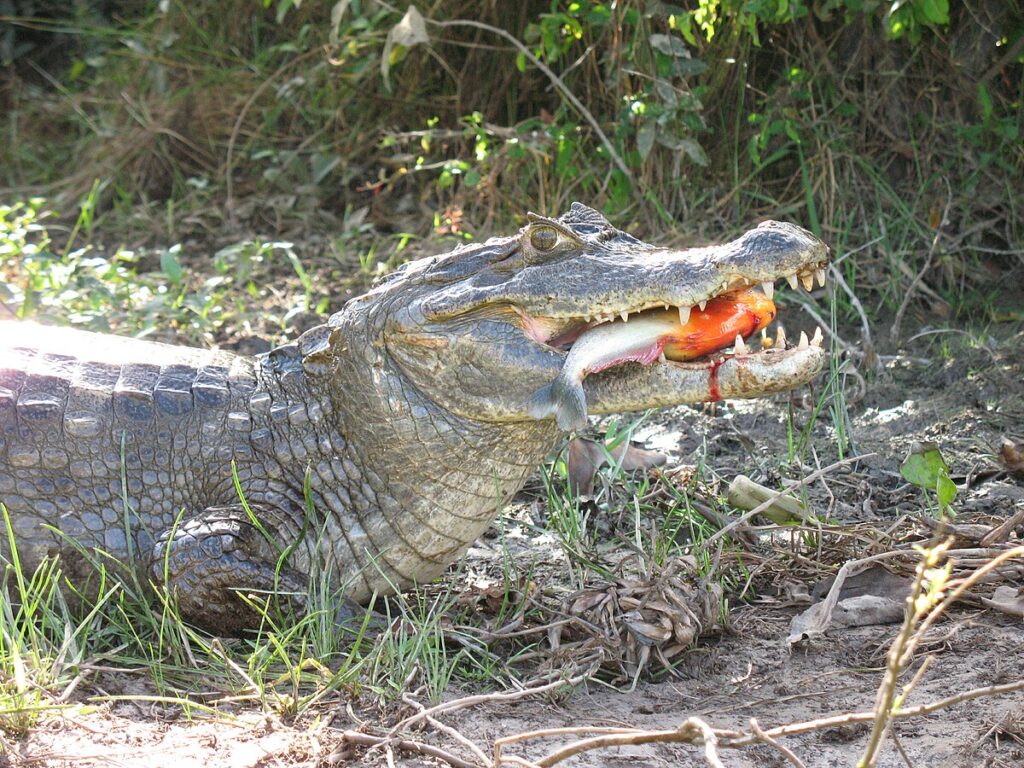
The distinct environments inhabited by caimans and crocodiles have shaped unique hunting adaptations suited to their specific ecological niches. Caimans, particularly those inhabiting the Amazon and Pantanal regions, have evolved hunting strategies adapted to seasonal flooding cycles, dense vegetation, and blackwater environments with limited visibility.
These conditions have selected for hunting techniques that rely less on visual acuity and more on pressure sensitivity and close-quarter ambush tactics. Crocodiles occupying African savannas and Australian river systems, by contrast, often hunt in environments with clearer water and more defined shorelines, where visual targeting of prey drinking at water’s edge becomes a primary hunting strategy.
Saltwater crocodiles have additionally developed exceptional swimming capabilities and salt gland adaptations that allow them to hunt effectively in marine environments—a capacity not developed in caimans. These environmental adaptations demonstrate how habitat has profoundly influenced the divergent hunting strategies between these crocodilian groups.
Prey Capture and Killing Techniques
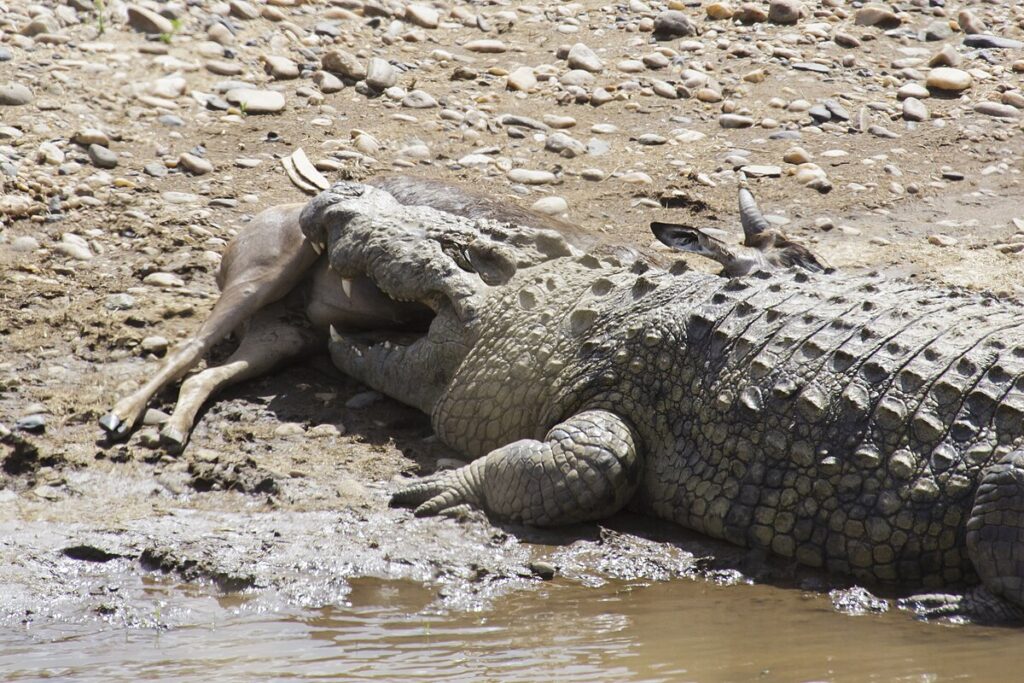
Once prey is targeted, caimans and crocodiles employ different techniques to secure and dispatch their quarry. Crocodiles, particularly larger species, rely heavily on the powerful “death roll”—a violent spinning maneuver that tears chunks from larger prey or dismembers smaller animals entirely. This technique is especially important for crocodiles that regularly take large mammals and need to reduce them to manageable pieces.
The death roll is executed with particular efficiency by Nile and saltwater crocodiles, allowing them to overpower prey that might significantly outweigh them. Caimans, while capable of similar rolling behaviors, generally employ less dramatic capture techniques suited to their typically smaller prey items.
They often use quick sideways snaps of the head to catch fish and amphibians, followed by a tossing motion to position prey for swallowing headfirst. This difference in killing technique directly reflects the different prey sizes typically targeted by each group and represents a significant divergence in their hunting strategies.
Future Evolution of Hunting Strategies
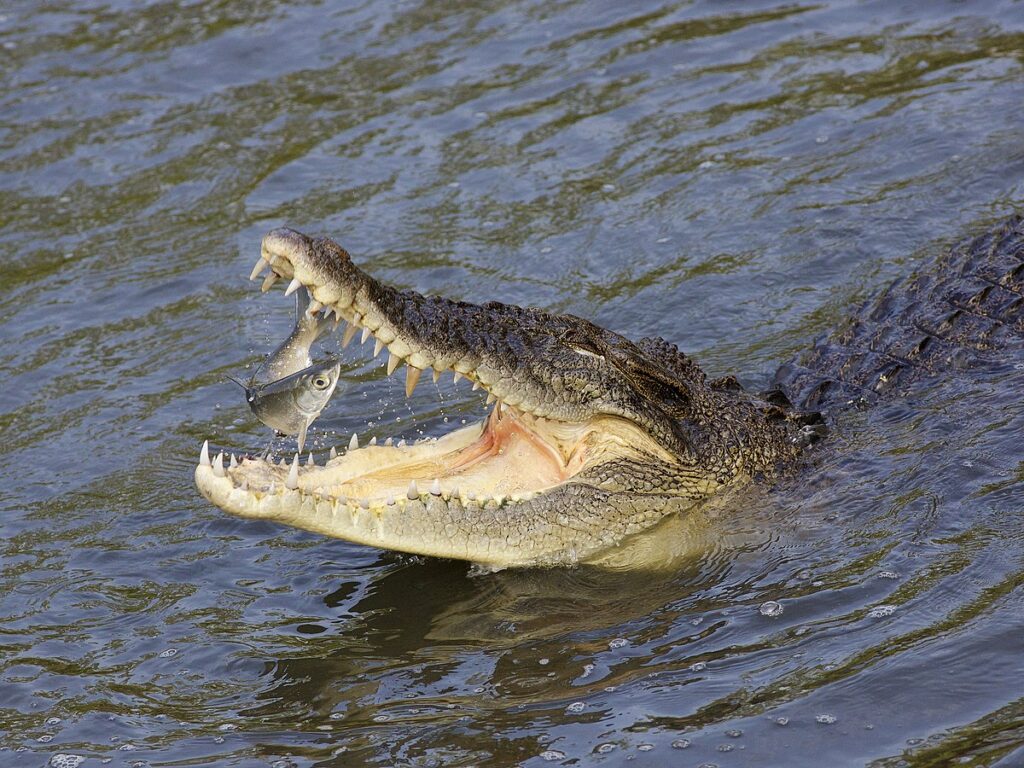
As human activities continue to transform the natural habitats of both caimans and crocodiles, these ancient predators face unprecedented pressures that may influence the future evolution of their hunting strategies. Fragmentation of waterways, construction of dams, and climate change altering traditional flood cycles are forcing both groups to adapt their hunting techniques to new circumstances.
Research indicates that some caiman populations are already showing behavioral flexibility in response to these changes, including more frequent terrestrial hunting excursions when aquatic prey becomes scarce. Crocodiles, with their generally greater behavioral plasticity, have demonstrated remarkable adaptability in some regions, with documented cases of Nile crocodiles altering traditional hunting patterns in response to changed river dynamics caused by dam construction.
The continuation of these adaptive processes may lead to further divergence in hunting strategies between caimans and crocodiles as they respond to different regional environmental challenges, potentially accelerating the evolutionary distinctions in their predatory behaviors.
While caimans and crocodiles share a common evolutionary heritage as apex aquatic predators, their hunting strategies have diverged significantly through millions of years of adaptation to different environments and ecological niches. From the structural differences in their jaws and sensory organs to variations in prey preference and capture techniques, these distinctions reflect the remarkable evolutionary specialization that has allowed different crocodilian lineages to thrive across diverse habitats.
Caimans have generally evolved as specialists in smaller aquatic prey in freshwater tropical environments, while crocodiles have developed greater versatility in both prey selection and hunting techniques across a broader range of habitats. Understanding these differences not only provides fascinating insights into the biology of these ancient reptiles but also highlights the incredible adaptability that has allowed crocodilians to persist as successful predators since the age of dinosaurs, despite changing environments and competition from mammalian carnivores.


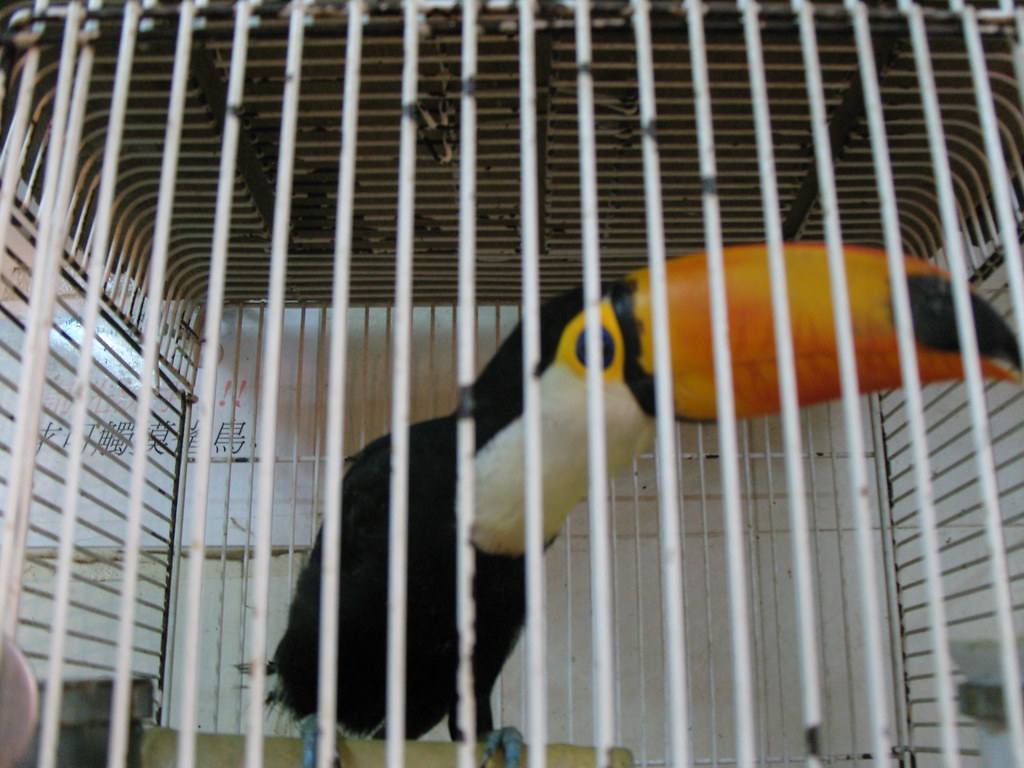
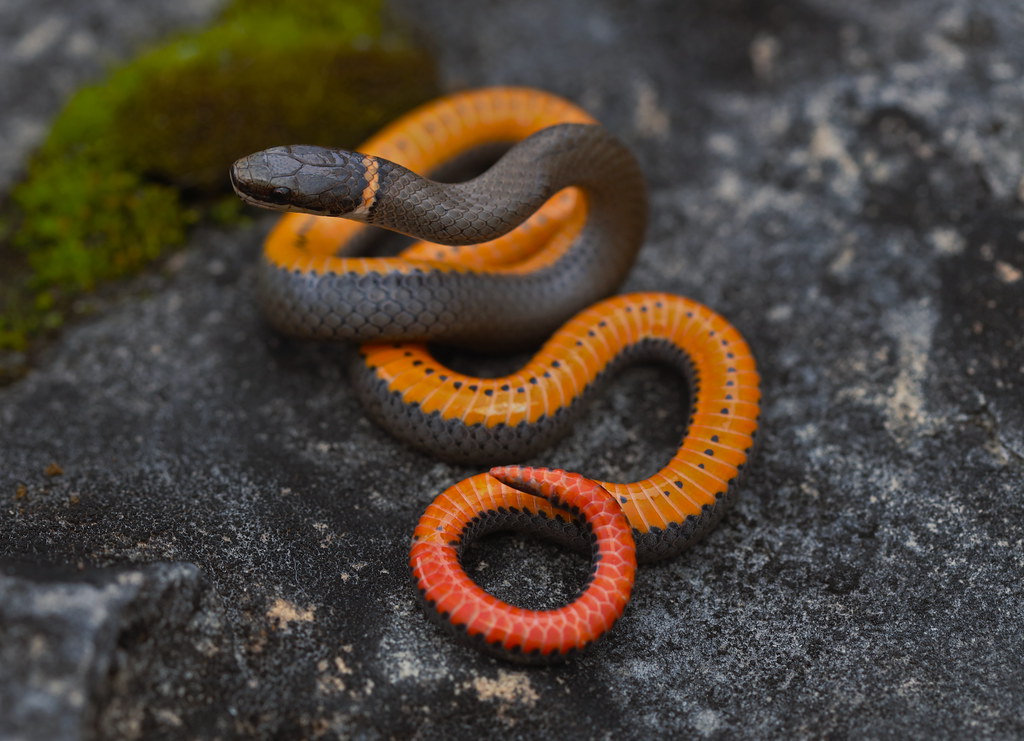
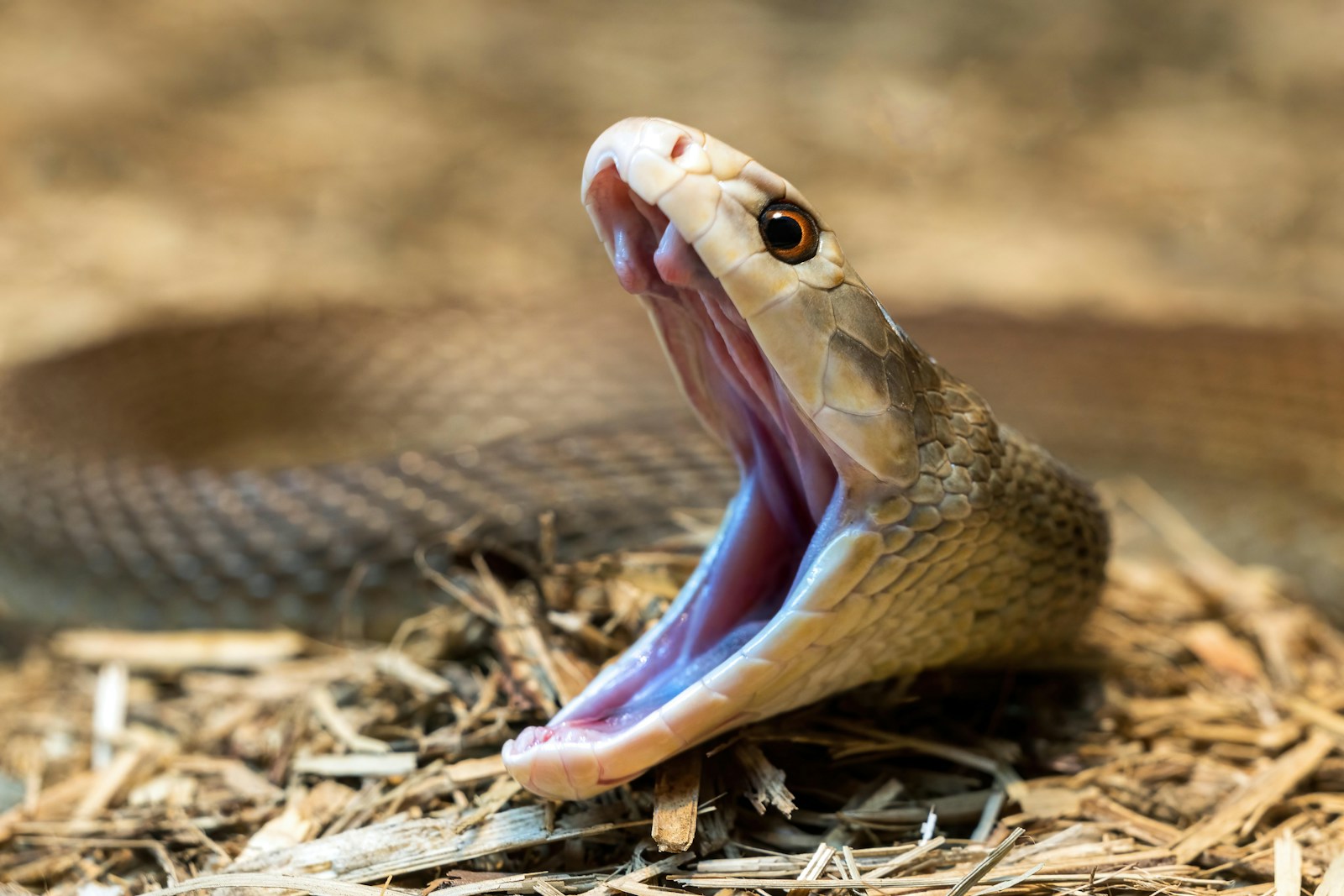
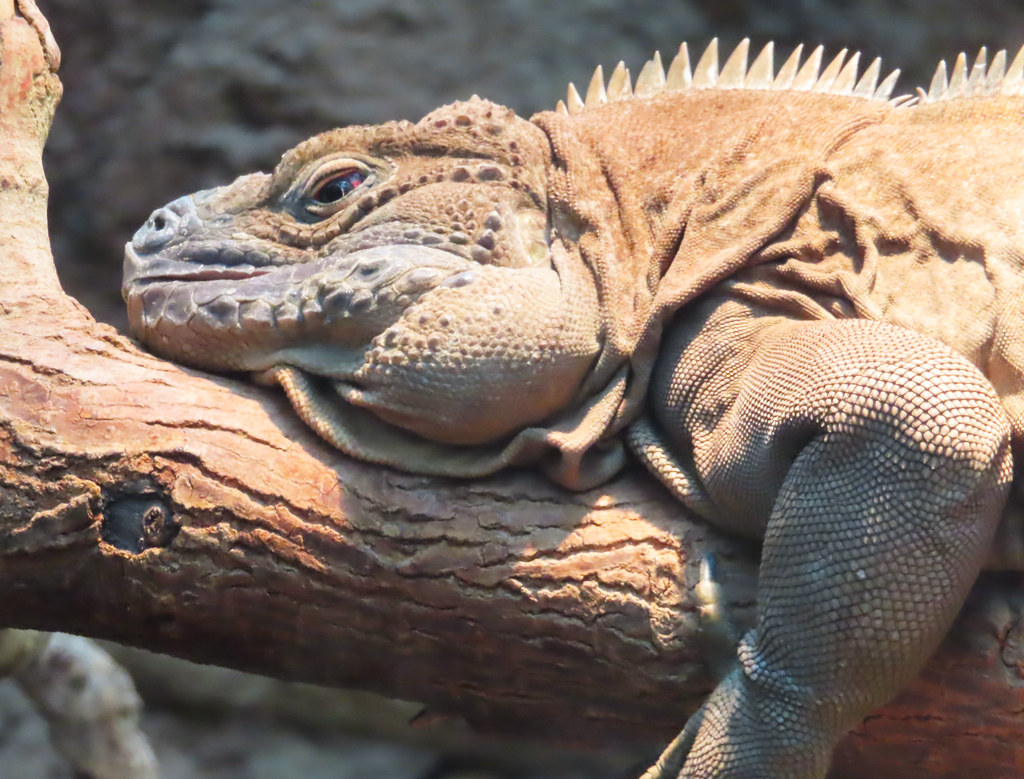

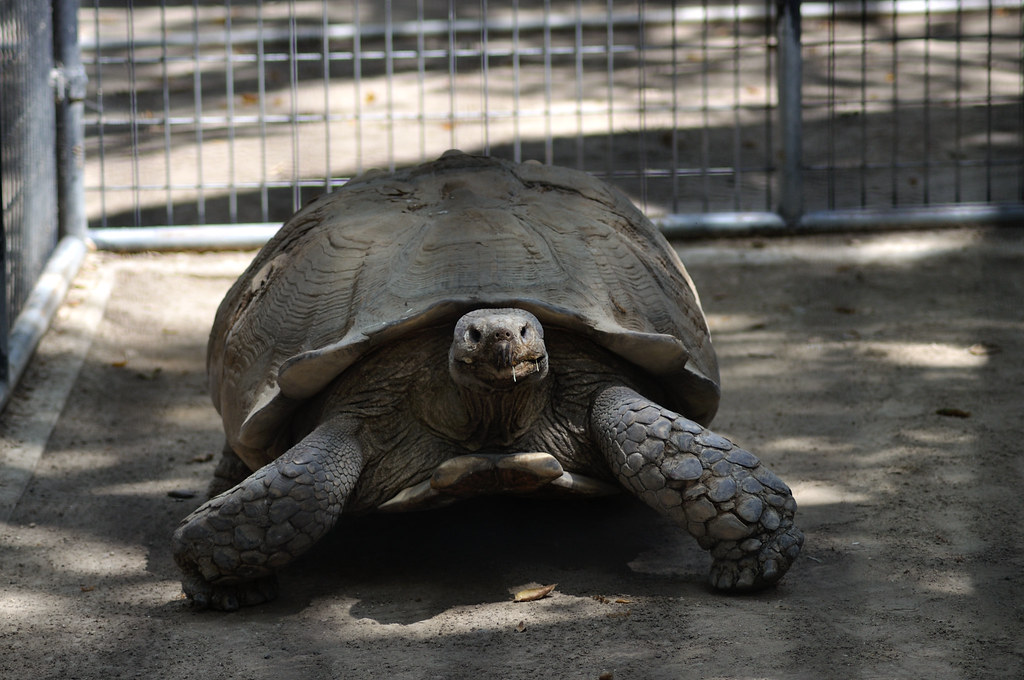
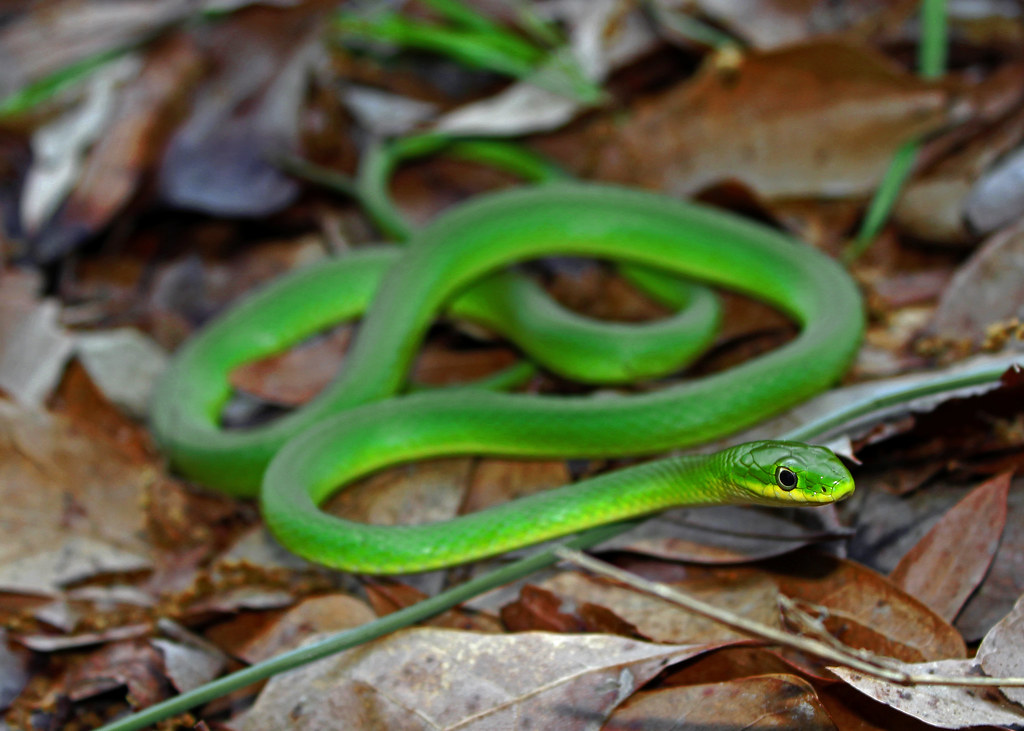
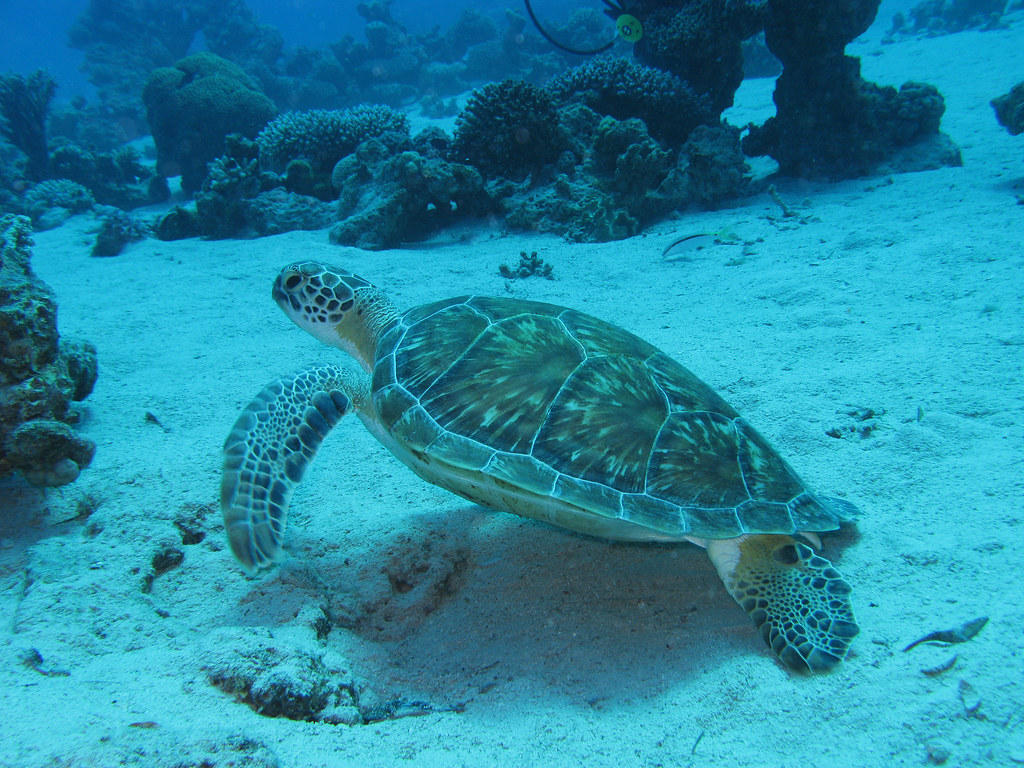
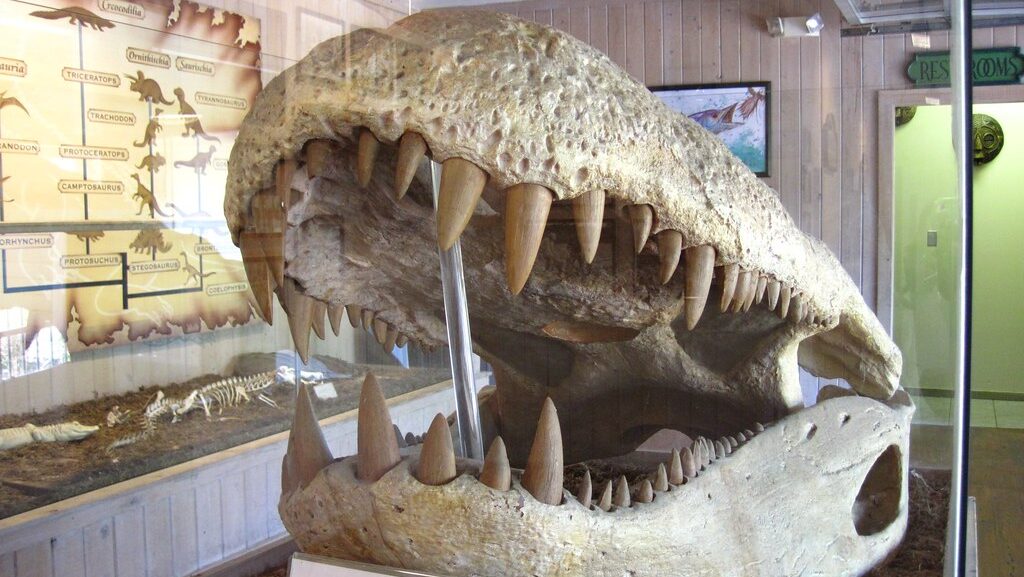



Leave a Reply